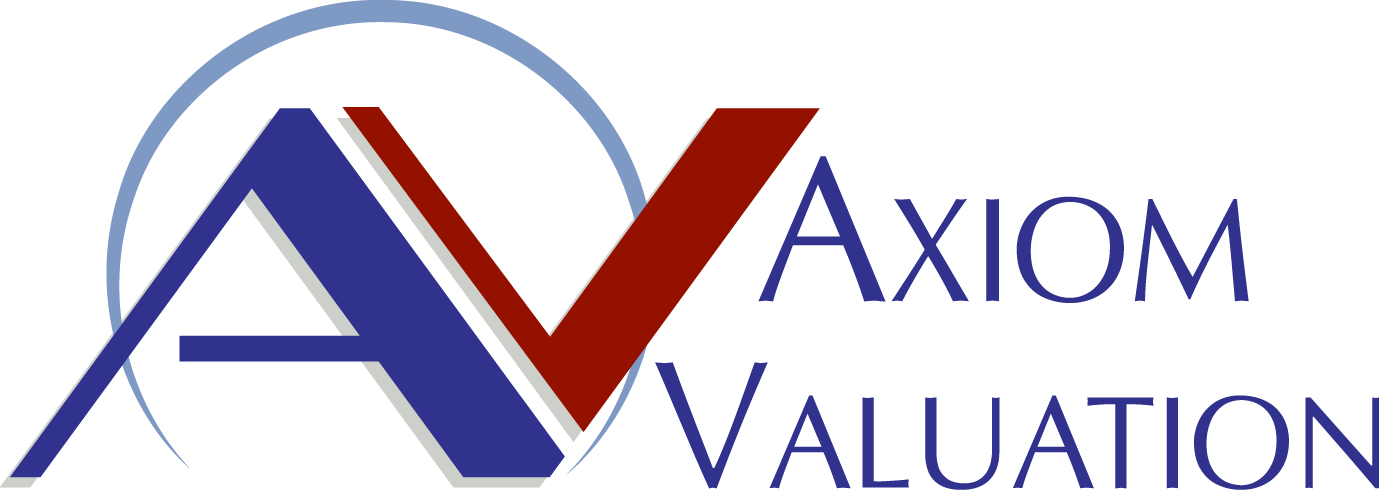Is Investing in an Equity Tranche of a CLO Too Risky?
From November’s Axiom on Value:
By: Dr. Stanley Jay Feldman, Chairman, Axiom Valuation Solutions
John Roberts, Managing Director, Axiom Valuation Solutions
One of the more complicated investments to value is the lower end tranches of CLOs, collateralized loan obligations. Axiom’s CLO model provides investors with accurate pricing of all CLO tranches including the equity tranche, which, as it turns out, is highly valuable in a low interest rate slow growth economic environment as we show below.
CLOs are an important part of the fixed income landscape primarily because they offer benefits that other structures do not. CLOs offer investors an opportunity to invest in slices or tranches of the CLO that meet their particular risk appetites and yield objectives. At the same time, CLOs contribute to a more liquid loan market since CLOs use the funds raised through issuance of securities (tranches) to fund the purchase of loans. The basic CLO structure is shown below.
A CLO operates like any other business: It owns assets, in this case bank loans, and funds the purchase of these assets with debt and equity. The debt stack is made up of a series of securities (X thru C) that have priority claims on the cash flows generated by the assets. Securities with the highest priority claims (X-A) are paid interest and principal first, and hence are rated highly, while those securities that are at the lower end of the debt stack (B-C) have a lower priority claim on the cash flows and as a result face the possibility that interest and principal will not be paid as expected. The subordinated notes are equivalent to equity since it receives cash flow only after X thru C is paid. In cases where issuing firms default on their loans, promised cash flows to all but the least risky tranches are at risk of not being fully paid. Since the equity tranche only receives residual cash flow, its value in large measure is a function of the probabilities associated with loans in the CLO portfolio defaulting, dollar size of the defaults, size of the recovery value associated with defaults and the timing of these recovery payments.
Using Axiom’s CLO model, the chart below shows the payment to equity under the base case and three default scenarios. Keep in mind that even though there is a default, in most cases, a large percentage of the principal is subsequently recovered. The analysis assumes a 70% recovery rate, which is the average recovery of principal for bank loans. The recovery occurs subsequent to the default date.
In this example, the par value for the equity tranche is $35,000,000. In the base case scenario, the equity holder would receive over $60,000,000 for a six year investment period. If, however, the default rate for the collateral loans was 1% per year (cumulative 6%), the equity holder would only receive $54,000,000. At a 2% per year default rate, the equity holder would receive $47,000,000, and at a 5% per year default rate, the equity holder would receive less than par or about $28,000,000.
Based on the weighted average credit rating of the CLO loan portfolio, the cumulative six year default rate for six years is about 12% based on a recent S&P study on loan defaults. Our analysis indicates that the equity tranche is reasonably well protected since even at a 2% annual default rate (12% cumulative), cumulative payments to the equity tranche exceed par value.




No Comments
Leave a Reply